A GREAT WAY TO LEARN
I look back at my short stint in Singapore and think about my takeaways as I head back home. Has something changed in me? Or will I simply snap back into my old life again?
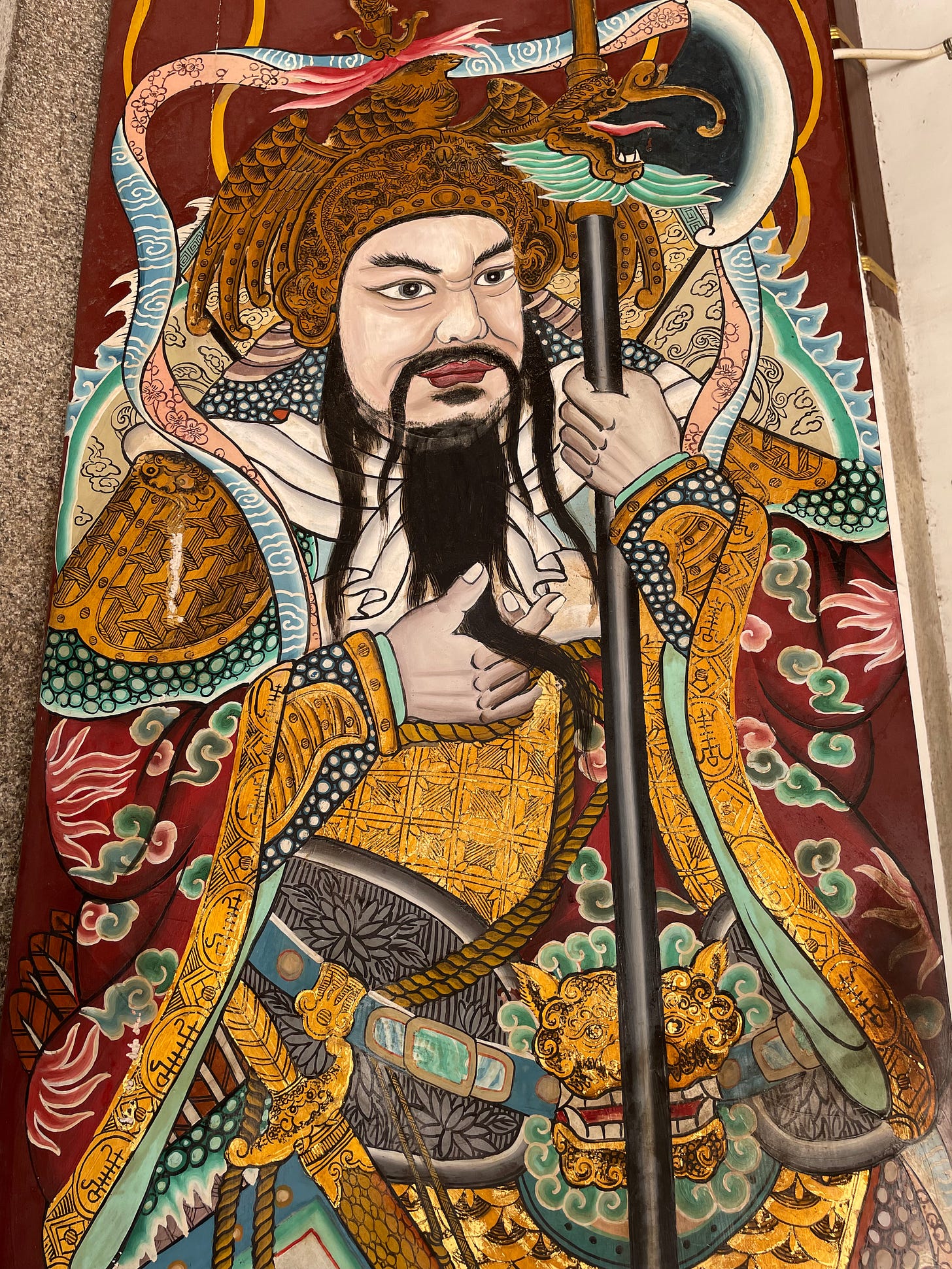
As I get ready to board my flight back to the United States, I look back at my immersive experience in Singapore. I’m grateful for the six-and-a-half months away from home. A good friend back in the San Francisco Bay Area told me that such opportunities rarely came by as we got older and that she, Raji, would have loved to live elsewhere for a few months. I remember that she hiked the Grand Canyon around the time she turned sixty. Unlike Raji, however, I felt I’d summited at Denali when I climbed sixty steps a day at the neighboring Clementi Woods Park here in Singapore. Despite my super low bar for exercise, I certainly feel fitter as I get set to return to the Bay Area. I hope to work out more than I did in the past, especially now that America has dropped masks faster than gingko trees shed leaves in autumn.
Watching Singapore up close has been inspiring and instructive. There is something to be said about the hyper efficiency of this part of the world. The people here have a strong work ethic. They’re, for the most part, serious, hardworking, and process-oriented; they’re polite to a fault although they don’t smile and make small talk often enough as people do in California and in other parts of America. This leads me to something our event planner said during our daughter’s wedding with regard to hiring a caterer: “Between taste and reliability, always, always, choose reliability.” Singapore’s trains and buses are so reliable that I’ve wished sometimes that they would be delayed, especially on days when I was winded and rushing to catch my bus.
Singapore has also made me understand how the places we live in must be walkable and accessible. A place must be designed with the average person in mind. It must be safe, too. I have never once thought to look over my shoulder in this country. The privileged among us do not often comprehend that a city or a country will be unsafe as long as it is working only for the privileged. I may be fortunate enough to own a car or call a cab wherever in the world I am. But what about those of us who cannot afford one? What about public facilities for those who must buy bags of groceries and lug them back home on public buses or trains? Public washrooms at Singapore’s malls and local train stations are immaculate; the ones at the ubiquitous food courts are clean, too. My stay in Singapore has taught me that the basics of life must reach the cross-section of society. I’ve written extensively about this country’s approach to public health, public housing, education, and food. Learning about each of these left me with several takeaways.
1. A Methodical Government Can Build Trust:
In Singapore, I got to see a society working consistently to deal with the pandemic. My first letter from Singapore—QUARANTINED IN PARADISE—talked about our experience serving quarantine upon arrival in December. Since the time we were released from our hotel, we have seen the country tweaking its Covid measures at different stages, while continuing to impose mask-wearing and contact-tracing in public spaces. The number of deaths, since January 2020, now stands at 36.
Here is a quick roundup of the different phases in Singapore. The Circuit Breaker, a complete lockdown, lasted from April 7 to June 1, 2020. The country moved into Phase 1 from June 2 to June 18, 2020; in Phase 2, the country opened up a little, from June 19 until December 27; by Phase 3, starting on December 28, for instance, eight people could dine at a restaurant. However, by late April 2021, as the Covid deaths raged on in India. Singapore, too, began seeing an uptick in cases and the government had to alter its course. The country withdrew into Phase 2 from May 8; as unlinked cases concerned the government, a “Phase 2 Heightened Alert” was imposed from May 16 to June 13 this year (and was extended until June 21). We also were witness to the focused ways in which the health authorities clamped down, in April, on a cluster of Covid cases out of a hospital, the airport and a food stall. There were many lessons in here on how the consistency of approach by the leadership slowly builds the trust of the people.
2. Look Behind The Facade:
On my last short visits to Singapore, most of what I saw was one facet of Singapore—the glamor and glitz of a modern metropolis. With the exception of a stop at the Peranakan museum (currently being overhauled), all I’d experienced on those trips were the oversized malls, the Gardens By The Bay and the Botanic Gardens. I had never sought then to understand the relevance of Singapore to Southeast Asia or its past importance as an entrepot port from 1819 to 1941. I had no appreciation for Singapore’s role in India’s independence from the British or its seminal importance during World War II. During this long stay, I found myself learning about people from my part of India. Over these six months, I’ve also realized how much I’ve taken for granted the ancient culture and civilization that I inherited. Despite the ubiquitous presence of English, Mandarin and Malay, the Tamil spoken in Singapore is so chaste that I’ve begun to wonder if every language must transplant itself elsewhere in order to remain unadulterated and pristine.
3. Shouldn’t Work Be More Fun?
While working on these weekly newsletters, I interviewed many personalities whose passion seemed to forge my own. In most instances, an introduction to one person led me to yet another. As I wrote in THE SIKHS OF SINGAPORE, a chance meeting with a Sikh gentleman led me to a memorable visit to one of the leafiest suburban villas in the city and a sumptuous lunch with his family. While spending hours with Param Ajeet Singh Bal and at an exhibit dedicated to the Sikhs of this nation, I realized how a community that had once been the butt of racial slurs, had now become a respected segment, however small, of Singapore’s population. It was this experience with Mr. Bal—his analysis of his life, the intersection of histories of both the nation and his family, his early involvement in nation-building in Singapore, and his feeling of contentment and security in Singapore—that gave me clarity on how the next version of my weekly stories from California must focus on people, personal mission and nation.
4. Is Restlessness Good?
I mentioned early on that the sound of construction and the sight of cranes are constants in this country. Locals often tell me how rapidly the city has changed under their gaze. I too have noticed how it is always learning, recording, analyzing and molting into its next avatar. When I learned how Singapore was always finding workarounds to its acute space shortage, I was fascinated. A story I read about the shortage of cemeteries led me to old discussions about the usage of land: Should land be for the living or the dead? While the story I subsequently wrote got the fewest views of all, it continues to be one of my favorites; you can read TO LIVE AND LET GO to decide why it did or did not work for you.
Whether it was monitoring how to help get a Ficus tree to drop shoots into the ground or how to get people to behave inside public transport, Singapore is always overhauling itself. This self-analysis and self-calibration informed a post titled METICULOUSNESS AS A WAY OF LIFE. It also made me think about my own work in a different way and I realized that truly satisfying work needs a combination of relentless restlessness and steely focus to bring value.
5. Something New And Something Old Is The Way To Go:
I just mentioned that Singapore had a unique problem—lack of space. Yet, sometimes, its choices seemed a tad unjustified, in the way it had chosen to destroy some significant places in its attempt to build the city’s infrastructure. I read about the angst over this in local prose and poetry, in the laments of several writers who seemed saddened that an old national library that had groomed them was not around anymore. Built in 1960, the old National Library building was razed to the ground because space was needed for the construction of the Fort Canning Tunnel to ease road traffic to the city. During my many conversations with locals, I came to learn that Singapore’s rapid rate of progress had indeed sacrificed many famous landmarks, places that held significance to Singaporeans and had once been crucial to building a collective memory and a Singaporean national identity.
Last week at an entrance to Fort Canning, for instance, I was taken aback when I saw a plaque to what had once been a “National Theater” where Jubilee Park now stood. I discovered that the theater, built in 1963, was the venue for various international performances, universities' convocations and National Day rallies until it was demolished in August 1986 due to structural reasons and also to make way for the nearby construction part of Central Expressway along Clemenceau Avenue.
6. Plan Far Out:
It was raining yesterday and my husband and I had to go to a local clinic to get our Covid PCR test prior to our departure to the United States. While it rained the entire time, we avoided getting drenched because an awning stretched all the way from home to the bus stop and back; when we crossed the road via the over-bridge, the roof over the bridge sheltered us then, too. As we headed back home trying to dodge raindrops, we felt that this shade structure was a perfect metaphor for the protection encoded into many of the public facilities in this country. As I wrote in my piece on public housing, the government offers all kinds of subsidies to those who work hard and contribute to the system. I realized my husband and I needed to make plans, just like Singapore—five year, ten year, fifty year plans and so on, as we look towards the twilight years of our lives.
7. Leave Home—Grow A Little
When we visit a new place we capture what we once did as children. I attempt to describe this in a piece I called THAT FLEETING SENSE OF WONDER. In the first few weeks, I registered almost everything and I see now how all the leaves I once found fascinating have begun to resemble every other leaf. I’m realizing how it’s important for me to safeguard the sense of curiosity that I discovered in Singapore. It’s a mindset, I know, but if I practice it long enough, it can become a habit.
A few weeks before I departed for Singapore last December, I turned in an essay for an anthology called SINGAPORE AT HOME: Life Across Lines. One of the editors of the anthology wrote to me asking if I would submit a piece for the collection. I wasn’t sure if I were the right person. At the time, I wasn’t a resident of Singapore. Yet I was startled by my own realization that the ten days I’d spent in my sister’s home in July 2014 recuperating from the loss of my father did make me a perfect contributor for an anthology on how a space relates to one’s life. Places have power. In Singapore, I’ve felt the might of a million stories. I wrote SMALL STORIES, EPIC EVENTS in order to stress how important it was to read the history of Southeast Asia also from eastern perspectives.
Just last Sunday, while walking about in sweltering heat, I stood at the balcony of Fort Canning Centre and looked down at the maidan below. As I stood there taking in the view, a sudden breeze blew into my face, exploding into a potpourri of scents inside my nose. I recognized the sharp tang of lemon grass. In a rare moment of heady mixing that happens only when nature is in full flow, I also inhaled a spicy gust of ginger alongside the fragile whiff of the frangipani. I realized just how much I’d miss the scents and the sensibilities of Singapore.



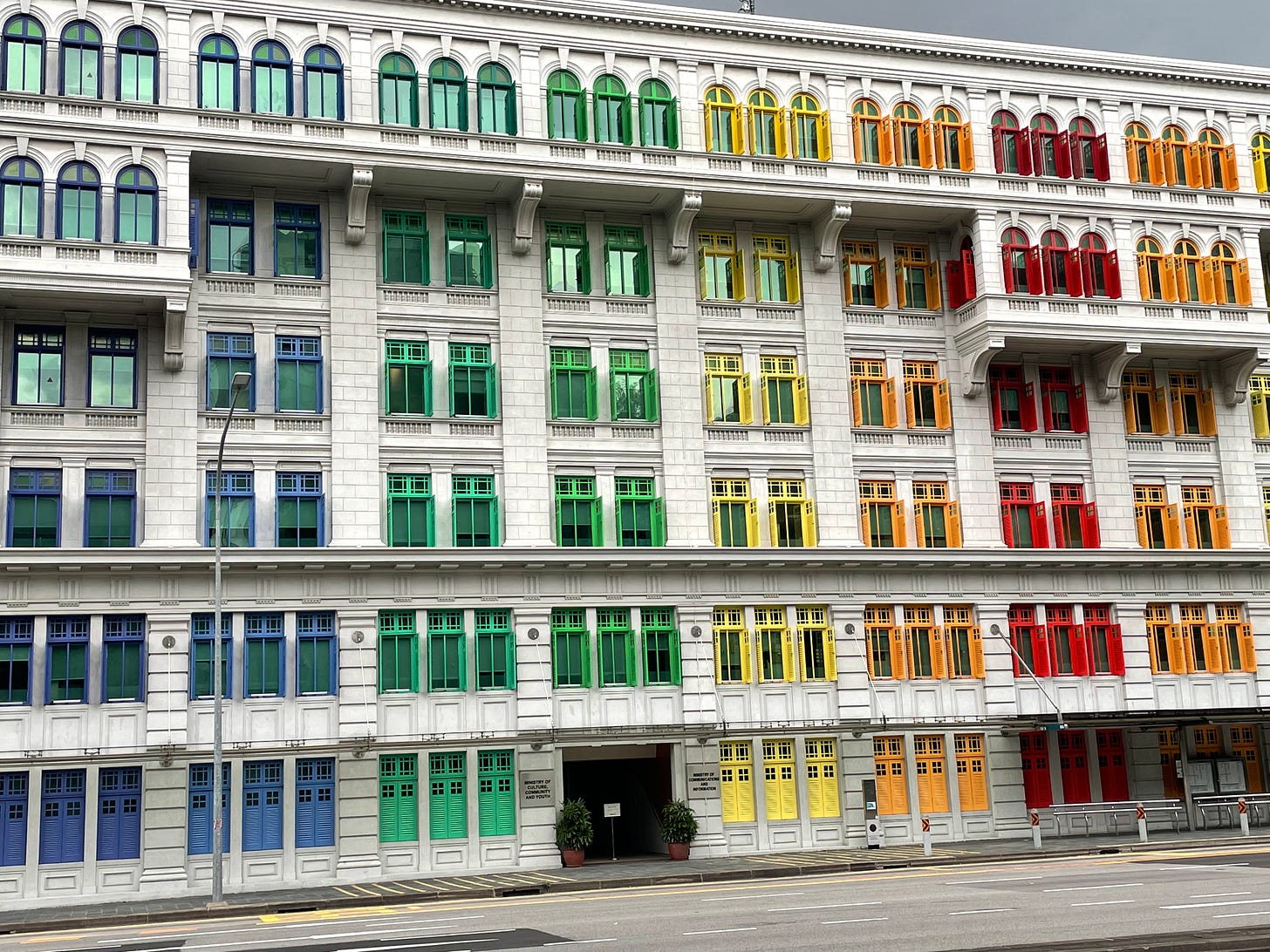
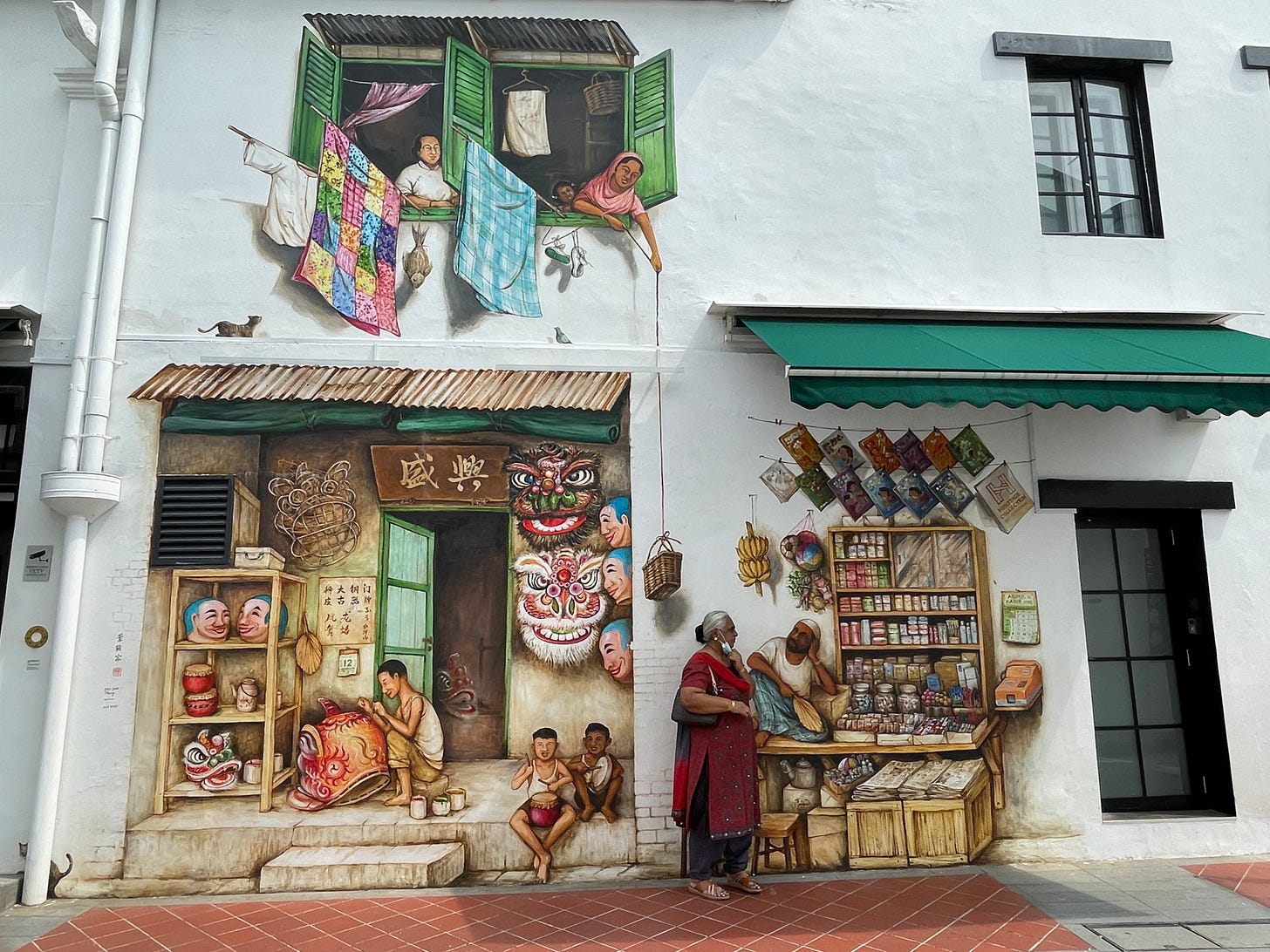
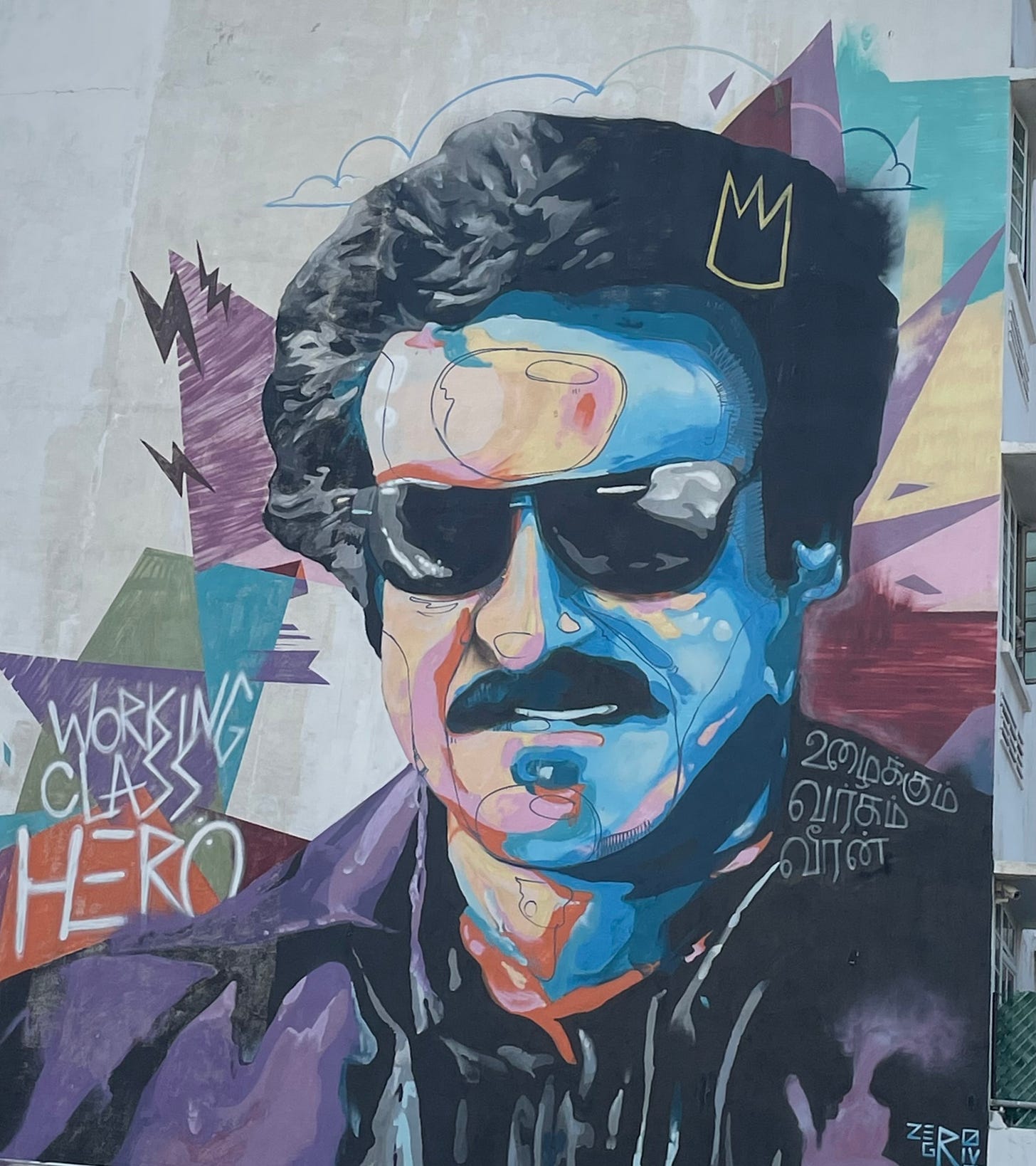
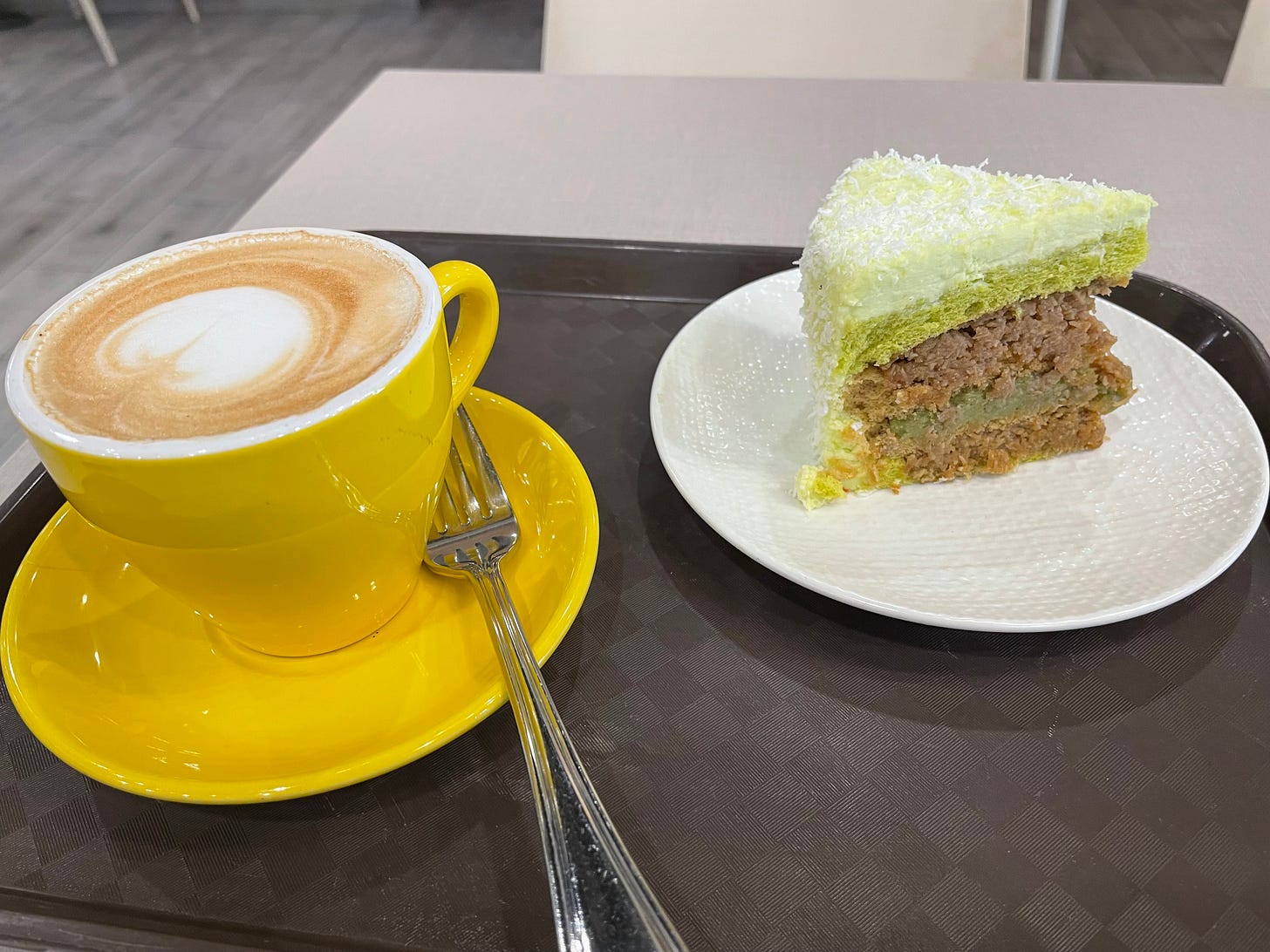

Hi Kaplan’s, I’ve really enjoyed your stories from Singapore and I can relate to it very clearly and I have read your article about Sikhs in Singapore. Welcome back to the Bay Area. Param is my first cousin and I was aware that you had lunch with our family and had the exhibition with a wonderful history of the family especially my uncle Tara Singh very impressive.
Kalpana, I've really enjoyed your stories from Singapore every bit. Thank you for taking us with you to all these places and experiences you've had in Singapore. You've also inspired us to explore places and cultures so immersively.